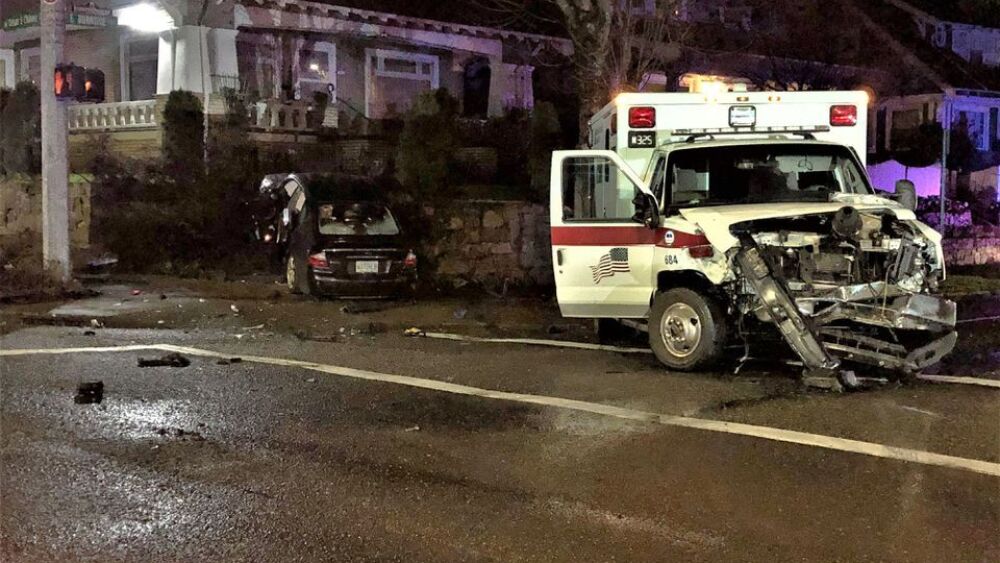Get there, get done, and get out – that’s been my mantra for years for first responders operating on roadways.
I fully recognize that it’s not always as simple as I implore in those seven words, but it is a lifesaving directive considering the extreme dangers responders face when working on roadways.
The Emergency Responder Safety Institute has already tracked 34 first responder roadway-incident deaths in 2022 and an average of two struck-by incidents DAILY on roadways in the United States. And these numbers don’t include the “near-misses” regularly occurring on roadways – data now being collected through a self-reporting system that ERSI launched earlier this year. This data drives home the need to treat roadway incidents like our standard response to radiation or hazardous chemicals – think in terms of time, distance and shielding.
How to proceed: Teamwork, practice, attention
Safety doesn’t happen simply because we have slow-down, move-over laws. There will always be “D-drivers” – distracted, drunk, drugged, drowsy, disrespectful, disgruntled, drag-racing and just plain dangerous – creating roadway wrecks. Furthermore, while moving over for stopped/shouldered emergency traffic is very important, many roadway wrecks occur in the travel lanes. We must learn more from these incidents and work to keep our teams safe.
It is imperative that we practice the principles of traffic incident management (TIM) and take roadway incidents seriously. But again, TIM doesn’t just happen because these principles exist. We must train on them and work with our law enforcement and roadway management counterparts to mitigate roadway incidents promptly and safely. From uniform lane identification nomenclature and blocking procedures to advance warning and emergency lighting, the symphony of safety equipment and procedures is our orchestra to conduct.
Another critical part of this is complacency. Sometimes, these events happen despite us doing everything we can to prevent them, but we must admit that other times, we’ve let our guard down in the interest of speed or simplicity. It is easy to become overwhelmed with data, statistics and the next tech tool to keep you safe. But when the rubber meets the road, it will be incumbent upon you to do the right things for safety, and to keep your guard up – realizing that your big red truck is NOT enough, in and of itself, to keep you safe.
Learn more
Digital Edition: Safe transport, from point A to B
Download your copy, featuring red lights and siren myths, traffic incident management and safe lifting tips
Training time
Injuries and line-of-duty deaths are NOT inevitable. It is incumbent on us to do everything we can to prevent them. As easy as it is to become overwhelmed and desensitized, consider how overwhelmingly difficult it will be to knock on the door of a provider’s next of kin to let them know their loved one didn’t survive a routine roadway crash incident.
If you’re looking for somewhere to start, check out the free online training opportunities from ERSI. These classes are a solid start that could very likely mean the difference between life and death on the roadway.
Related news and resources
- Chief Bashoor tackles a new epidemic: ‘D-Drivers’ putting first responders at risk
- Study: Reflective markings may reduce drivers’ ability to see first responders at night
- Situational awareness at roadway incidents: Honing a defensive mindset
- Roadway safety: 3 keys for directing traffic and protecting first responders
- 5 keys to creating a fire department roadway safety program














